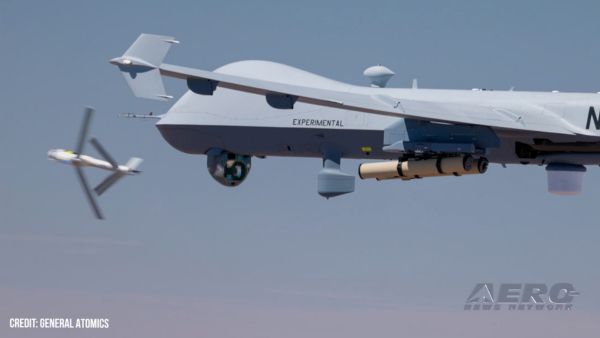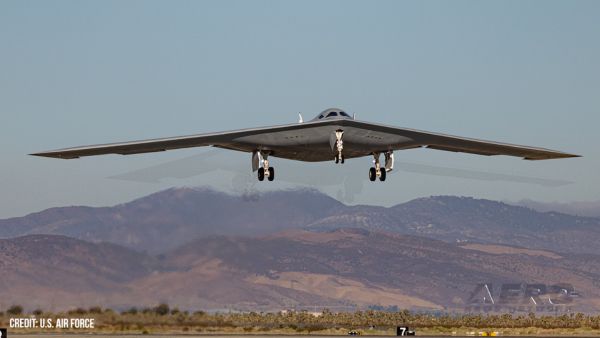Mon, Aug 16, 2004
Advertisement
More News
 ANN's Daily Aero-Term (09.13.25): Center Weather Advisory
ANN's Daily Aero-Term (09.13.25): Center Weather Advisory
Center Weather Advisory An unscheduled weather advisory issued by Center Weather Service Unit meteorologists for ATC use to alert pilots of existing or anticipated adverse weather >[...]
 Aero-News: Quote of the Day (09.13.25)
Aero-News: Quote of the Day (09.13.25)
“HITRON embodies the Coast Guard’s spirit of innovation and adaptability. From its humble beginnings as a prototype program, it has evolved into a vital force in our co>[...]
 ANN's Daily Aero-Linx (09.13.25)
ANN's Daily Aero-Linx (09.13.25)
Aero Linx: International Airline Medical Association (IAMA) The International Airline Medical Association (IAMA), formerly known as the Airline Medical Directors Association (AMDA)>[...]
 Classic Aero-TV: Hover Camera Passport - A Gesture Controlled Selfie Drone
Classic Aero-TV: Hover Camera Passport - A Gesture Controlled Selfie Drone
From 2017 (YouTube Edition): It’s So Simple to Operate, Anyone Can Do It… And We’re Not Kidding The drones were up and flying at the Consumer Electronics Show he>[...]
 Airborne-NextGen 09.09.25: Textron Nixes ePlane, Joby L/D Flt, Swift Approval
Airborne-NextGen 09.09.25: Textron Nixes ePlane, Joby L/D Flt, Swift Approval
Also: Space Command Moves, Alpine Eagle, Duffy Names Amit Kshatriya, Sikorsky-CAL FIRE Collab Textron eAviation is putting the development of its Nexus electric vertical takeoff an>[...]
blog comments powered by Disqus



